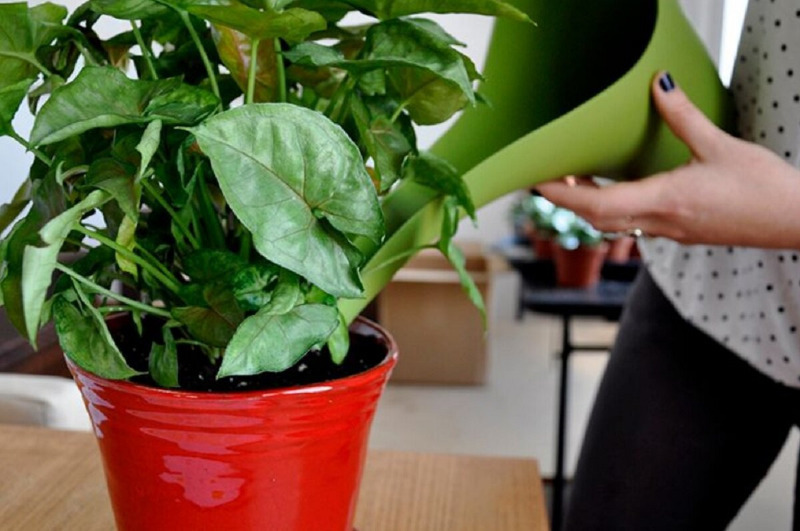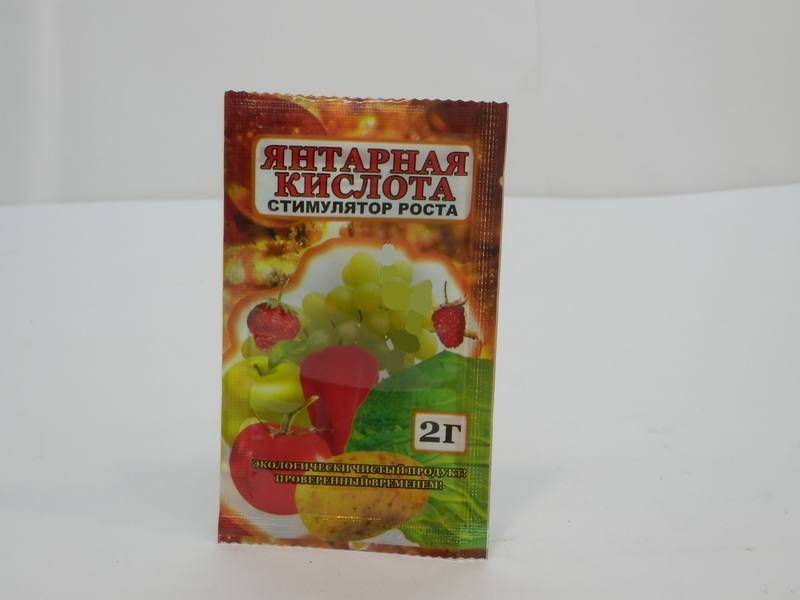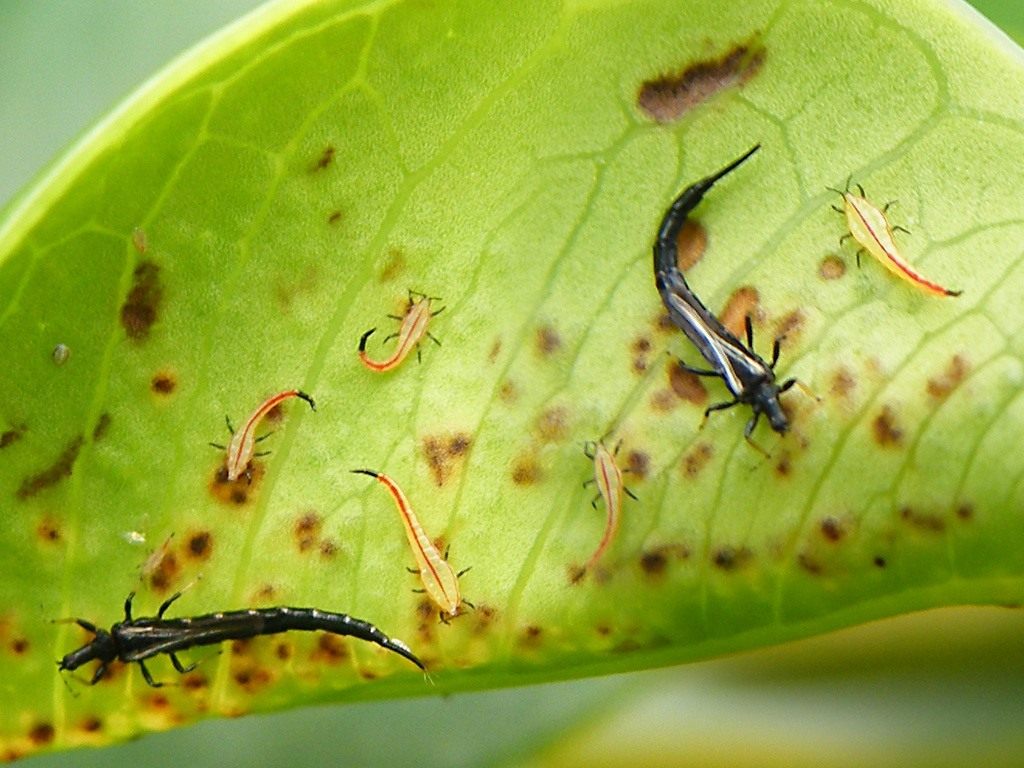In order for indoor plants to develop and grow well, to delight us with their rapid flowering, they must be periodically fed, that is, nutrients must be introduced into the soil. For this purpose, you can use not only fertilizers from a flower shop, but also some pharmacy products.
Hydrogen peroxide
Peroxide is an excellent growth promoter for plants. This preparation is especially good for young plants as it promotes the rapid development of the root system. Hydrogen peroxide has a powerful antiseptic effect, and its use can protect plants from certain diseases and pests.
For. to prepare a solution for feeding, add a tablespoon of 3% hydrogen peroxide solution to three liters of settled water at room temperature. The resulting mixture is abundantly moistened with an earthen lump in a pot. Top dressing is carried out no more than once every two months.
Toothpaste
Soil acidification has a negative effect on most indoor plants. They start to get sick and may even die. You can normalize the acid-base balance of the soil using ordinary toothpaste or tooth powder.
In one liter of well-settled water at room temperature, dissolve about a quarter of a tube of toothpaste without whitening effect, or 2 tablespoons of tooth powder. The mixture is stirred very thoroughly so that there are no lumps left and filtered.
Top dressing is carried out once in spring or summer, when the plant is in the active phase of its development, carefully pouring a solution of toothpaste under the root. You can not use this dressing for gardenias and azaleas, as they "love" the acidic environment and its alkalization impairs their development.
succinic acid
The most real "miracle remedy" for plant nutrition. Succinic acid stimulates the development of the root system, accelerates growth, and provides vigorous flowering. In addition, it increases the immunity of plants, helps them cope with diseases and survive even in aggressive environments.
To feed the plants, 2 tablets of succinic acid are dissolved in 10 liters of water. The resulting solution is carefully poured into a pot until the earthen coma is completely wetted. If it is necessary to heal the plants, a more concentrated solution is prepared. In this case, dissolve one tablet of succinic acid in one liter of warm water.
Castor oil
This product provides vigorous and long flowering plants. They are fed once a year before the beginning of the flowering period. A teaspoon of castor oil is added to one liter of room temperature water and the resulting mixture is thoroughly shaken. The resulting emulsion is immediately watered over the plants.
If the mixture has time to settle and the oil collects in large drops, then you cannot use it for feeding, since in this case there is a high probability of burning the roots of the plant.
Iodine
Iodine has powerful antiseptic properties, so its use is recommended by experienced gardeners not only for prevention, but even for the treatment of phyto-diseases of fungal and bacterial nature. In addition, iodine is also a powerful growth stimulant, provides vigorous and long flowering.
For spraying and watering plants, iodine is used in micro doses, at the rate of one drop of 5% alcohol tincture per liter of settled water at room temperature. Exceeding the specified dosage threatens a chemical burn to the plant, its disease and death.
Vitamin C
Perfect for feeding plants that "love" acidified soil, for example, for camellias or azaleas. If you water them weekly with a solution of ascorbic acid (one tablet per liter), then they will develop well and grow quickly.
Ascorbic acid can also be used to feed other indoor plants, including non-flowering ones. A solution of the following composition is prepared for them:
- granulated sugar - 1 teaspoon;
- dry yeast - 1 teaspoon;
- ascorbic acid - 1 tablet;
- water - 1 liter.
All ingredients are mixed and the solution is allowed to brew for 24 hours. Before use, it is diluted with settled water to a volume of 10 liters.
Ascorbic acid can also be used as a drug for the treatment of chlorosis. In this case, 25 tablets of vitamin C and an incomplete teaspoon of copper sulfate are dissolved in one liter of water. Before spraying, the stock solution is diluted with clean water in a ratio of 1: 5.
Potassium permanganate
When transplanting indoor plants, it is imperative to disinfect the soil in order to reduce the risk of diseases and pests. For this purpose, a pale pink solution of potassium permanganate is perfect.
For its preparation, a pinch of dry potassium permanganate is diluted in a small volume of water and allowed to settle. Then add a few drops of the supernatant liquid to a large volume of water until the desired concentration is obtained. You can not directly pour potassium permanganate into the water for irrigation, since in this case undissolved crystals may remain in it. Their contact with the roots causes chemical burns and plant death.
Ammonia
Due to its high nitrogen content, ammonia is an excellent fertilizer for indoor plants. In addition, it protects them from various pests and some pathogens.
To carry out the treatment against aphids, 50 ml of ammonia is dissolved in 10 liters of water. The resulting solution is sprayed on the affected areas of the plant. For feeding, the plants are watered with a solution of ammonia (three teaspoons of a 10% solution of ammonia per liter of water) before flowering.



